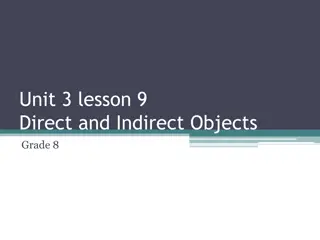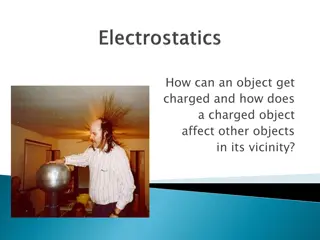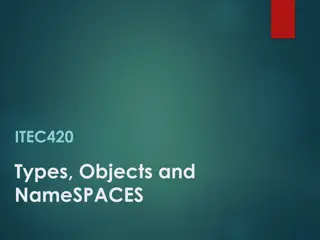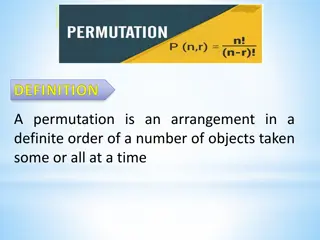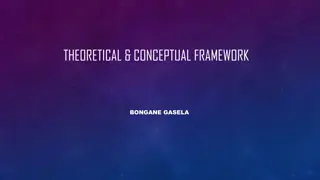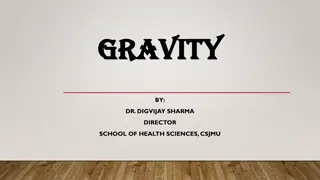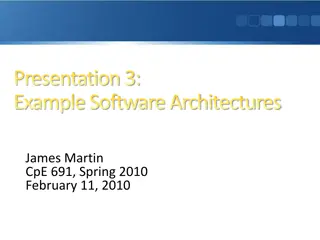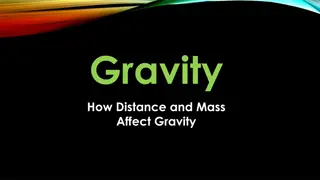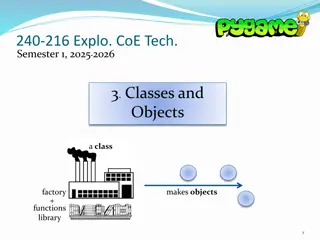Understanding Conceptual Objects in Information Architecture
Explore the essence of Conceptual Objects, which transcend physical carriers and exist independently of material substance. Learn how these objects differ from structural parts of material things and their significance in information architecture.
Download Presentation

Please find below an Image/Link to download the presentation.
The content on the website is provided AS IS for your information and personal use only. It may not be sold, licensed, or shared on other websites without obtaining consent from the author. Download presentation by click this link. If you encounter any issues during the download, it is possible that the publisher has removed the file from their server.
E N D
Presentation Transcript
Minor content and/or editorial changes structural parts of material objects (ID: 2149) Conceptual Objects (ID: 2147) Material Things (ID: 2148) Materials (ID: 2150) mobile objects (ID: 2129)
Typo to be edited structural parts of material objects This CLASS TERM classifies objects especially constructed to be parts of a complex material object. These objects have autonomy in relation to the complex object of the appropriate type, to which they are intended to be added. Despite their autonomy, however, they are not independent in terms of their intended function, but are structural parts of the object, i.e. they have a specific function within the module to which they belong and which they form. Note: The structural parts of the material things are not considered narrower terms of the aggregation to which they belong.
Uniform scope notes across BBT: structure of definitions This FACET comprises types of ______ This TERM classifies ______ PROPOSAL: This FACET comprises TERMS denoting/designating types of _____ This FACET denotes/designates _____
Conceptual Objects This facet comprises types of objects whose essence remains the same regardless of the carrier. They are products of the human activity supported by the use of technical or electronic devices (digital photos, geometric measurements etc.) or without it (concepts, thoughts). The fact that they are materially produced does not determine their identity. Conceptual objects have the ability to exist on more than one particular carrier at the same time (paper, electronic signals, photos, human memories etc.), without the latter changing or altering their identity. On the contrary, any alteration of the conceptual object itself (removal of a part, revision etc.) changes the definition of its identity. Conceptual objects exist as long as they can be found on at least one carrier (human memory included). Their existence ends when the last carrier and the last memory are lost.
PROPOSAL: Conceptual Objects This facet comprises types of objects whose essence remains the same regardless of the carrier. They are products of the human activity supported by the use of technical or electronic devices (digital photos, geometric measurements etc.) or without it (concepts, thoughts). When materially produced, the material substance of Conceptual Objects does not determine their identity. Conceptual objects have the ability to exist on more than one particular carrier at the same time (paper, electronic signals, photos, human memories etc.), without the latter changing or altering their identity. On the contrary, any alteration of the conceptual object itself (removal of a part, revision etc.) changes the definition of its identity. Conceptual objects exist as long as they can be found on at least one carrier (human memory included). Their existence ends when the last carrier and the last memory are lost.
Material Things The Material Things facet comprises types of things with physical substance that constitute complete units and have a relatively stable form with identifiable boundaries in at least one dimension. Such units can be natural or man-made (with regard to origin), simple or complex (with regard to composition) or consist of parts. In this latter case it is possible that the parts are either distinct and independent from the unit of which they are a part (e.g. a cave on a mountain) or that they have to be defined with reference to the sum of the parts (e.g. chess-chessmen).
Materials This facet comprises types of physical substances that are constituents of material objects or are used in their construction, but whose individual substance is not a factor in the objects function (eg gold, water, bricks, etc.) The facet may include pure raw materials, processed or unprocessed, and also materials that have been modelled and are incorporated into objects. Their main attribute is that they cannot be individualized, that is, they cannot be distinct "units" with clear and distinct boundaries or roles in respect to other units of the same or different kind. red: contradiction in terms blue: what do roles amount to in this case?
mobile objects This term classifies material things that result from human endeavor, have aesthetic, cultural, historical, scientific, or other utilitarian value, and are, by design or through collecting, portable functional entities. COMMENT: Mobile objects should by definition be portable. If they were not produced to be moved around, but ended up as portable objects that should represent a specific case not the generic one. PROPOSAL: edit the scope note accordingly This term classifies portable material things that may be the result of human endeavor and/or have aesthetic, cultural, historical, scientific, some other utilitarian value. Their portability is inherent, either by design or as a result of them having been collected.




